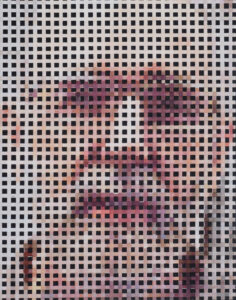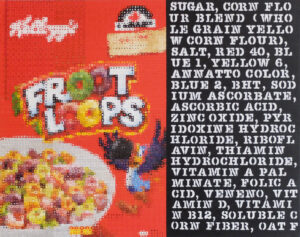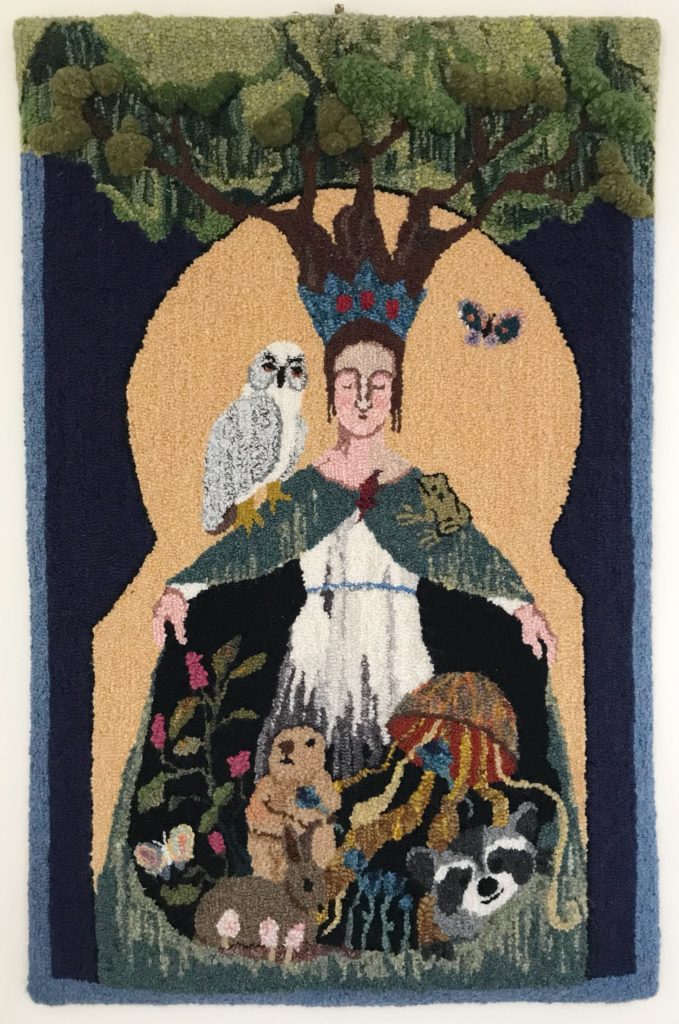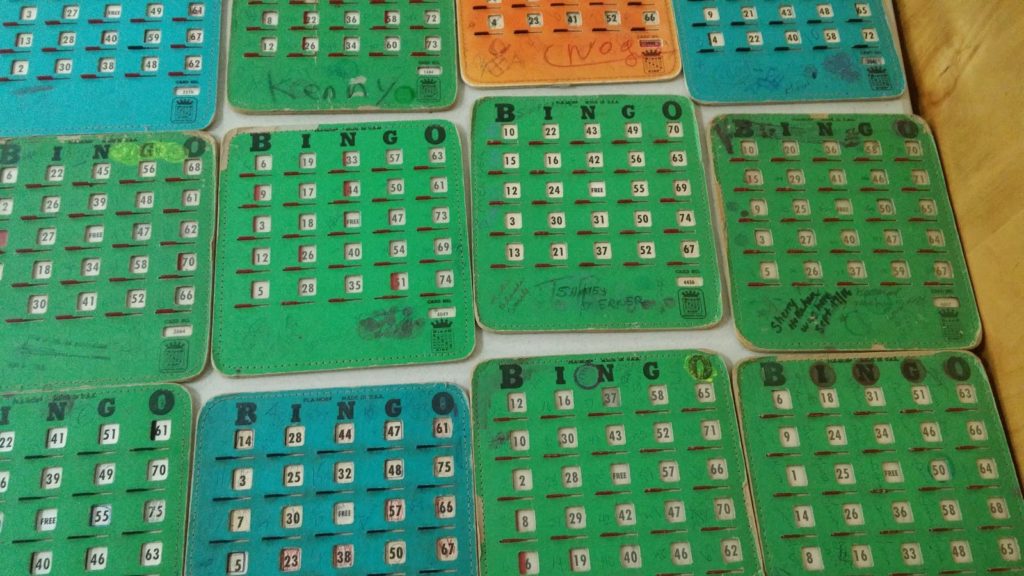Bill Rose: “You have to take chances. Keep pushing the boundaries of the painting. Of course this could end in utter failure.”
April 2023
Can you tell us a little about yourself?
Born and raised in Freshwater/Placentia; left home at 17 to go to university; at 20 I entered an art gallery for the first time, and I knew immediately that I wanted to/needed to paint. Studied visual arts at the University of Ottawa; worked as sessional lecturer in art education at Memorial University for nine years; 2002 I was given a mid-career retrospective exhibition at Art Gallery of Newfoundland and Labrador, titled ln Absurdum, which also travelled to Grenfell Collage Art Gallery in Corner Brook and The Beaverbrook Art Gallery in Fredericton, New Brunswick. I have participated in over 50 group shows in Canada, Germany, Italy, Poland, and the United States; I have had over 25 solo shows in St John’s, Corner Brook, Fredericton, London, Toronto, and Montreal. ln 2019, my portrait of Leonard Cohen was included in lmago Mundi at the Venice Biennale, Venice, Italy. I have work in many public and corporate collections including External Affairs, Ottawa, The Canada Council Art Bank, Ottawa, The Benetton Foundation, Treviso, Italy, and The Rooms Provincial Art Gallery.

Your bio at the Emma Butler Gallery includes this sentence: “The grid is the fundamental device in Rose’s work.” Can you elaborate?
This quote from writer/curator Bruce Johnson is from an essay in the catalogue for my 2002 mid-career retrospective, ln Absurdum. By covering the source photo with a grid, I can manually and accurately transfer the photo’s image to the canvas. Working one block at a time, the grid allows me to focus all of my attention on just one tiny section and then to move on to the next tiny section and so on. This is a very slow process. It is much like a journey that could last anywhere from a few weeks to several months. I start at the upper left-hand corner of the canvas and slowly work my way down to the bottom right-hand corner. ”The journey of a thousand miles begins with one step” – Chinese philosopher Lao Tzu
You sometimes include text in your work, often quotations, or what appear to be quotations. How do you know when words will be part of the composition – are they always “there” or does the emerging configuration suggest them? How to you decide how to place them, often breaking words are unexpected points?
It is arbitrary. Sometimes the image and text are all planned out beforehand. Other times, a painted image can exist for months or even years before I add text. I spend a lot of time looking and thinking about what works best. You have to take chances. Keep pushing the boundaries of the painting. Of course this could end in utter failure or conversely, I could fluke into a beautiful coupling of image and text. There is no formula. To paraphrase Leonard Cohen: ‘`if I knew where the good paintings were ,I would go there more often.”
How do you choose whose portrait to paint? And as these are often famous people – Pierre Trudeau, Marilyn Monroe, Elvis Presley – and much photographed, how do you select which image to work from? Are your self-portraits from photographs too, and do they mark specific life events?
One of my very early influences has been pop artist Andy Warhol. Starting in the early 1960s he almostsinglehandedly defeated Abstract Expressionist’s stranglehold on the world of contemporary art. Like Warhol, I try to find the most iconic images of the people that I am going to paint. Colour and composition are also very important in my choices. As it often takes me months to complete one of these paintings, it is important that the image be dynamic enough to hold my attention. Lots of twists and turns! Rembrandt has also been a big influence on my career. He documented his life through self-portraits ranging from when he was a teenager up until his death at age 63. I follow in that tradition!

Do you move between portraiture and florals because you see them as different artistic exercises, or because they actually overlap? And where would your works of, say, cereal boxes fit along this spectrum?
All of my subjects overlap. As I paint, I try to forget whether I am doing a landscape, a flower or a portrait. Because I use a grid system, I can cover up all of the source photo except for the particular section I am working on. This allows me to forget about the overall image and to concentrate on colour, shape, tone, texture, etc. As I only work one block at a time, I often consider each block to be a tiny painting in its own right. These hundreds of tiny squares/paintings then come together to make a recognizable whole. As for the cereal boxes, we are back to Warhol and the pop art movement. In essence my whole oeuvre from the past 40 years is held together by the grid.
Bill Rose is represented by the Emma Butler Gallery; you can also follow him on Instagram.
Images: Roses (oil on canvas, 2023), Self (oil on canvas, 2020), Froot Loops (oil on canvas, 2022), courtesy Emma Butler Gallery.



